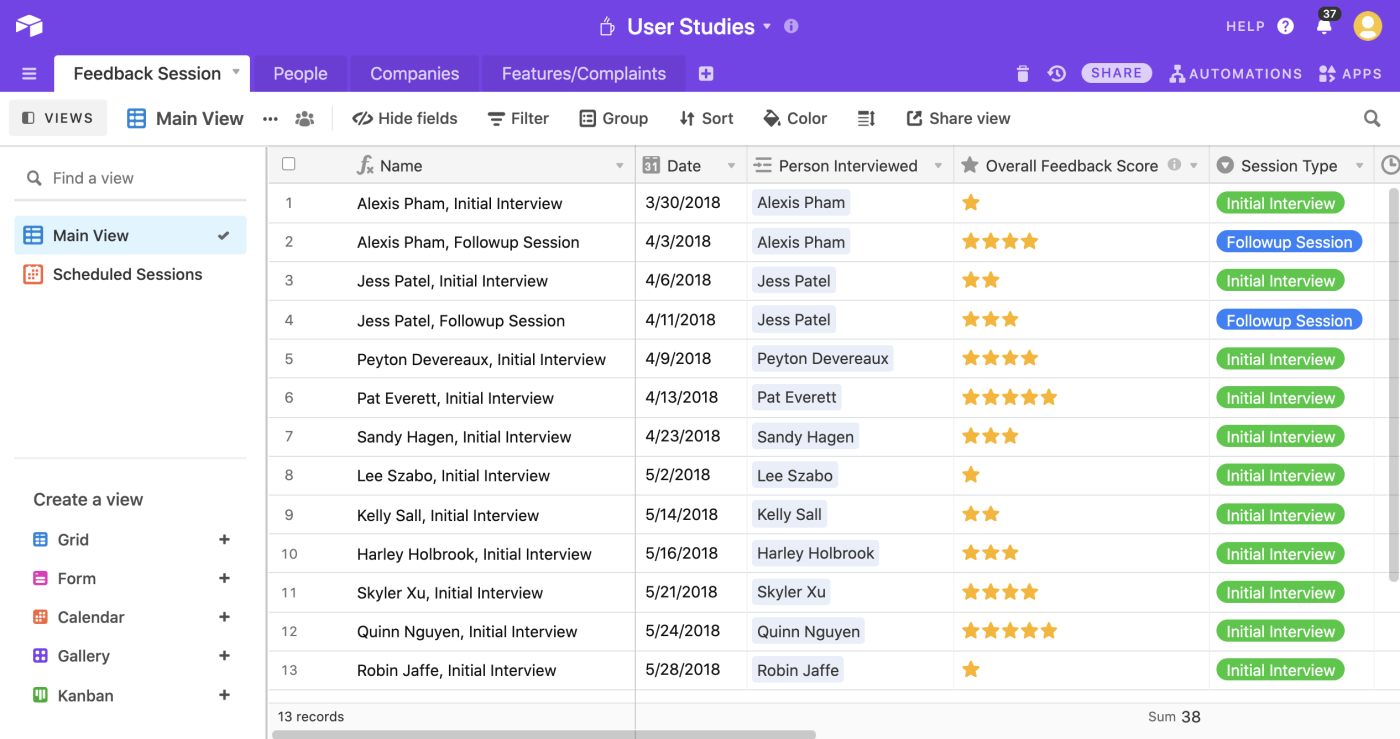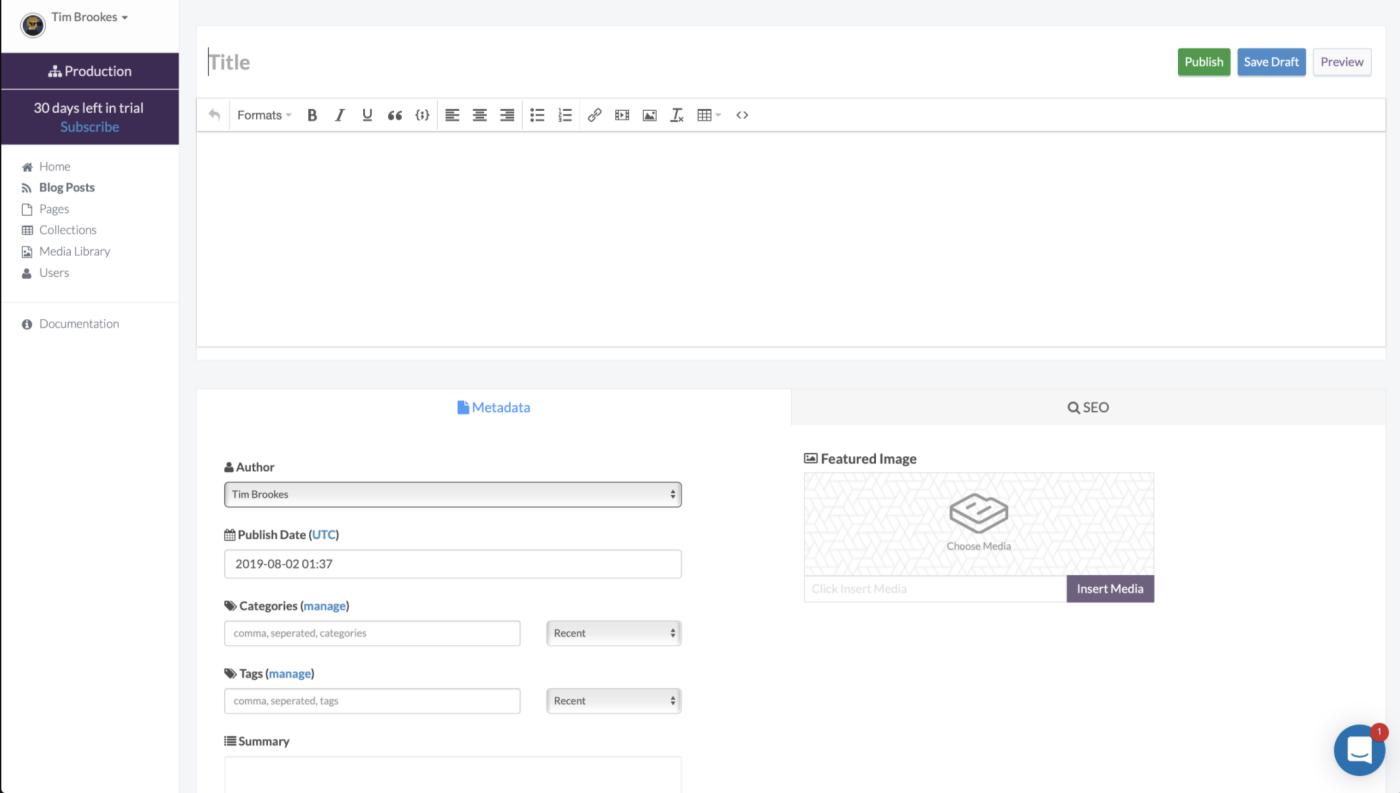In 2011, Marc Andreessen said that "software is eating the world." He was referring to a process of macroeconomic change. In his view, software was on track to revolutionize how businesses operated, grew, and served their customers.
He was right. Software became a core part of daily business operations—and with it came the rise of the bundled solution. All-in-one tools and business suites became the model for software companies eager to carve out and defend their own market segment.
But today, things are shifting.
Organizations of all sizes can now take advantage of highly specialized solutions for whatever business needs they have. As companies adopt these niche software solutions and discard their old enterprise ones, we're witnessing the great unbundling: the average company of 50 or fewer employees uses 40 different software subscriptions. It's becoming the go-to model for business growth.
There are all sorts of benefits to an unbundled approach. It means a company can choose the best solution for each task, working around how their business operates rather than vice versa. And with powerful integration tools like Zapier, you can find the apps that have the greatest impact—and then make sure they all work together.
Learn more about how Zapier works, and sign up for free to start connecting all your apps.
Purpose-built solutions vs. all-in-one tools
According to a recent Productiv report, 39% of employees said that not having the right apps slows their productivity. Inefficient software also costs companies a lot of money. A 2016 study found that in the U.S., an average company wastes around $247 per desktop on seldomly used software. The total cost nationally is almost $30 billion a year.
Some highly process-driven organizations might find that software bundles work for them. If your business operations perfectly align with the design of the software, it could unlock major business efficiencies.
But for most companies, using all-in-one tools can lead to operational issues down the line. The explosion in focused solutions means that most companies are better off having a drawer full of sharp knives than one blunt cleaver.
A broad trend
Specialization has long been recognized as a key driver of growth on the macroeconomic scale. And as companies unbundle their software usage, this process can be seen on a smaller scale: service-based software is drilling down into user needs and providing solutions that precisely fit those needs.
The office suite, reimagined
Focused tools are even starting to replace stalwarts like the office suite.
Think about Airtable, for example. A spreadsheet-database hybrid, Airtable lets users store data in rows and columns like a spreadsheet, while at the same time making it easy to create relationships between individual tables like a database. Companies can use Airtable to keep track of invoices, manage manufacturer information, and keep on top of projects. In other words, with Airtable, you can quickly and easily build custom applications—no coding knowledge required.

There are also specialized document tools. For example, Roam Research is a note-taking app combined with a research database app, which adds specific value that you can't find in broad solutions like word processors. Roam lets you link notes (and parts of notes) to other notes, creating a web of information and eliminating the need to copy and paste links or create tags and folders. It's a deeply specific tool for a deeply specific set of use cases.
Instead of a solution built for everyone, these kinds of apps have unbundled the functionality of other tools and built something that just does a few things better than any other solution.
Agnostic content delivered through a headless CMS
The CMS has traditionally been a bundled experience, with each of the major players building a closed ecosystem that includes templates, themes, plugins, and native integrations. Enterprise solutions have bundled each of these services even more tightly, with proprietary functionality built just for their users.
This was promised as ease of use: why build it when you can buy it out of the box?
But the world has gotten more complex. Now businesses are replacing these kinds of monolithic CMS platforms with what's called a headless CMS: content itself has been unbundled from the platforms used to create and deploy it. By decoupling the content from how it's presented, these kinds of systems allow every piece of content to be adapted to whatever medium without needing to change its format.

A headless CMS also lets business owners bring on board whatever analytics, eCommerce, or CRM solutions best fit their needs. Purpose-built tools for content, analytics, and front-end technology can be pieced together through integrations to achieve an ideal collection of ease, functionality, and performance.
Niche solutions even within a role
The explosion of specialized software has happened even within a single function in a business.
For example, rather than relying on all-in-one accounting systems, many companies are embracing lots of different apps to automate financial operations. Solutions like Stampli focus entirely on invoice processing, while other tools automate expense tracking, accounting, and other workflows. And research has found that companies integrating multiple financial automation solutions can cut procure-to-pay processing costs by over 80%
In areas like human resource management, companies are moving away from all-in-one tools for people ops. Instead, they're using tools like Culture Amp for employee engagement, and employing entirely different apps for performance reviews, employee training, and employee databases.
The same goes for customer service. Companies might have one tool for their chatbot, another for help desk tickets, and another for receiving and processing voicemails.
More can be better
The original draw of all-in-one tools was the promise of compatibility. Having one system to run your business—even if it was functionally inferior—was preferable to a hodge-podge of systems that didn't play well together.
But today, we live in the era of integration.
Managing and maintaining dozens of tools doesn't have to cause chaos. Instead, every digital tool you use can talk to each other. That makes it easy to combine best-of-breed functionality with the convenience of an integrated software suite.
By allowing businesses to zero in on their needs and find the solution that matches, unbundling is already driving growth.
This was a guest post from Tyler Hakes, who runs Optimist{: rel="follow" }, a growth-focused content marketing agency. Want to see your work on the Zapier blog? Check out our guidelines and get in touch.




